Potting Soil vs Potting Mix—What’s the Difference?
-
Pete Ortiz
- Last updated:
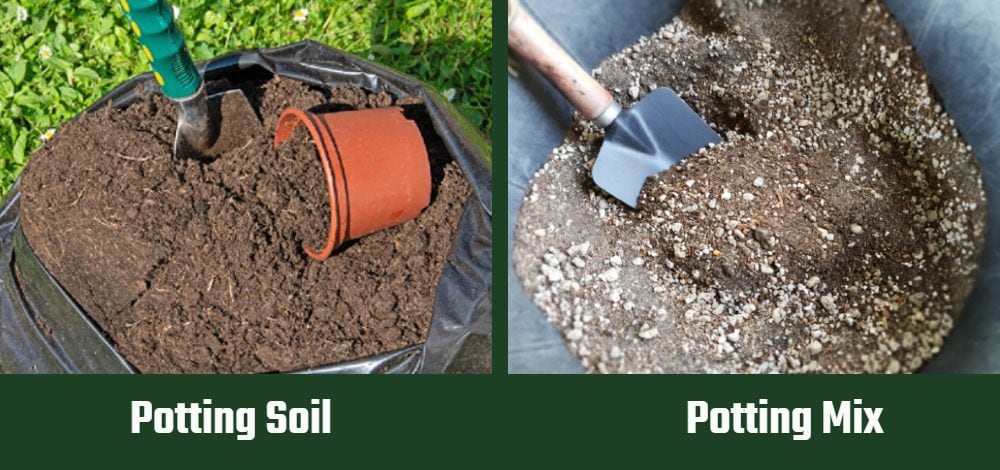
Choosing between potting soil and potting mix is a difficult decision for both novice and experienced plant parents. While both substrate materials offer incredible benefits, there are key differences between potting soil and potting mix that make them better suited for different types of plants.
Many marketers use the terms “potting soil” and “potting mix” interchangeably. And this is misleading.
In today’s post, we’ll be highlighting the differences between potting mix and potting soil, as well as their specific uses. That way, you can make a more informed decision when buying potting substances for your plants.
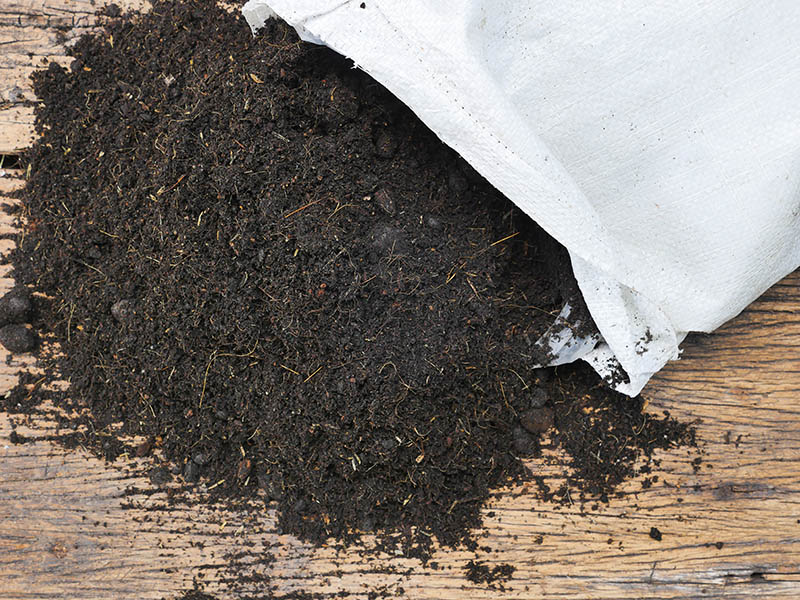
At a Glance
- Contains soil as a major constituent (35%)
- Ideal for landscape and non-container gardens
- Heavy and dense
- Affordable and cost-effective and suitable for bulk purchases
- Doesn’t contain soil as a major constituent
- Great for container gardens, potted plants and for starting seedlings
- Lightweight and fluffy
- More expensive
Potting Soil Overview
Potting soil, also known as a growing medium, is topsoil that has been supplemented with organic matter and fertilizers. It typically contains a mixture of peat moss, potash, forest products, composted bark, sand, perlite, or vermiculite. The main purpose of potting soil is to provide plants with nutrients for healthy growth.
Manufacturers design this mixture to have an ideal balance of air and water, as well as soil particles that are small enough to allow roots to penetrate. The mixture also helps prevent excessive soil compaction, which sometimes suffocates the roots.
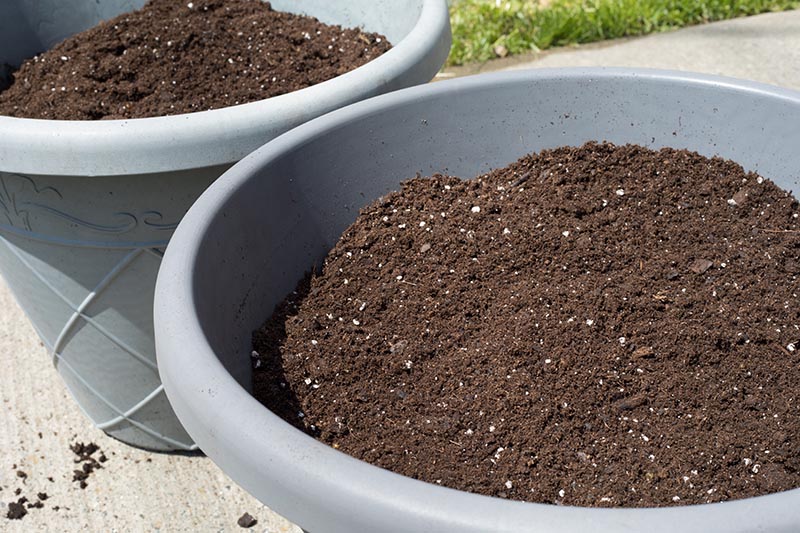
Components of Potting Soil
As mentioned above, potting soil is a combination of different ingredients. Here’s a closer look at the components of potting soil:
- Peat moss: This organic material helps potting soil retain moisture and provides aeration to the roots. It also helps regulate the pH balance of potting soil.
- Composted bark: Bark provides a stable base, which prevents compaction and offers insulation for roots. It also adds organic matter to potting soil.
- Sand: This granular material improves drainage and aeration. It also helps with moisture retention.
- Potash: This mineral helps potting soil retain nutrients so that plants can absorb them easily. It also helps potting soil become more resistant to compaction.
- Perlite and vermiculite: These minerals help potting soil hold water and nutrients and provide aeration for roots.
- Lime: Lime is often added to potting soil to adjust its pH level and reduce acidity, thereby creating a conducive environment for seeds to germinate and thrive.
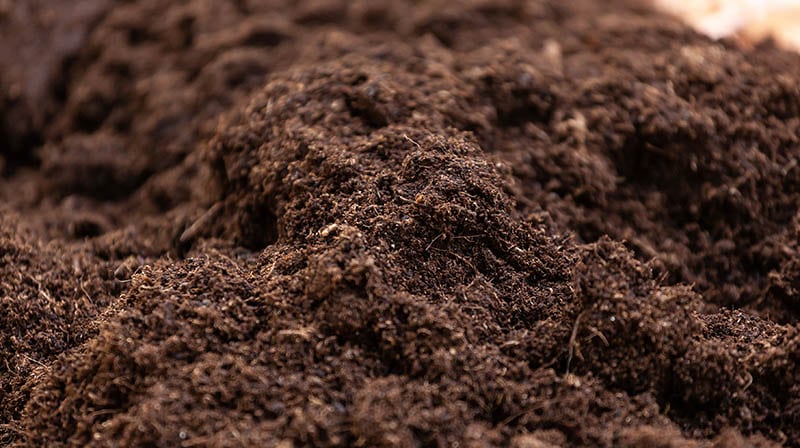
When to Use Potting Soil
Potting soil is best suited for plants that require a lot of water and nutrients. It’s often used to pot outdoor flowers, herbs, fruit trees, shrubs, and vegetables.
It helps roots establish quickly and is, therefore, great for potting seedlings and cuttings. Again, it’s resistant to compaction, which means it can support the weight of plants better than potting mix.
However, it might not be a good idea to use it on flower beds or raised beds. Doing so is simply too expensive, with the costs far outweighing the benefits. What’s more, it won’t have enough nutrients to nourish plants for any lengthy period of time.
A better alternative would be to top-dress your flower beds and raised beds with organic matter like compost 2 to 3 inches thick over the beds. This will help improve drainage and aeration while also providing nutrients for plants.
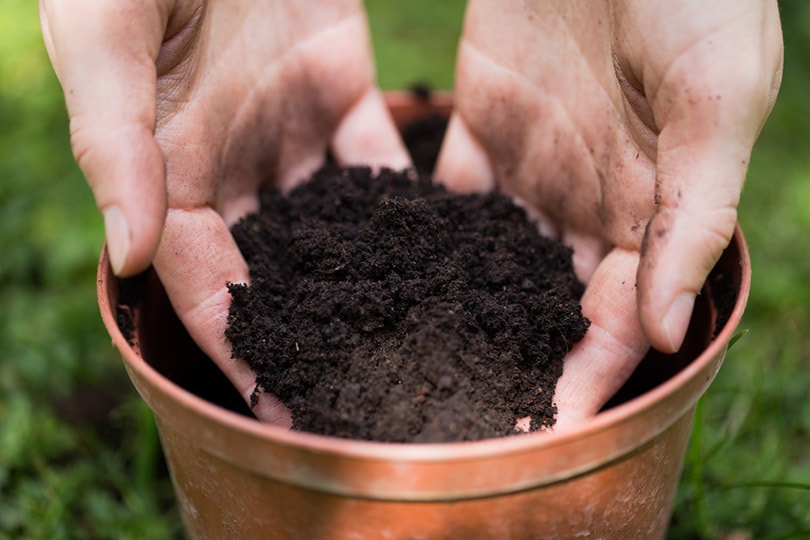
- Super convenient
- Nutrient-rich
- Lightweight
- Prevents soil compaction
- Can be quite costly
Potting Mix Overview
Unlike potting soil, the potting mix does not contain any topsoil. Instead, it’s a mixture of different organic materials and minerals that have been processed and blended together to create the ideal growing environment for plants.
Potting mix provides everything the plant needs to germinate, grow, flower, and produce fruit. It also helps potting soil retain moisture, regulate pH levels, and prevent compaction to allow the roots to flourish.
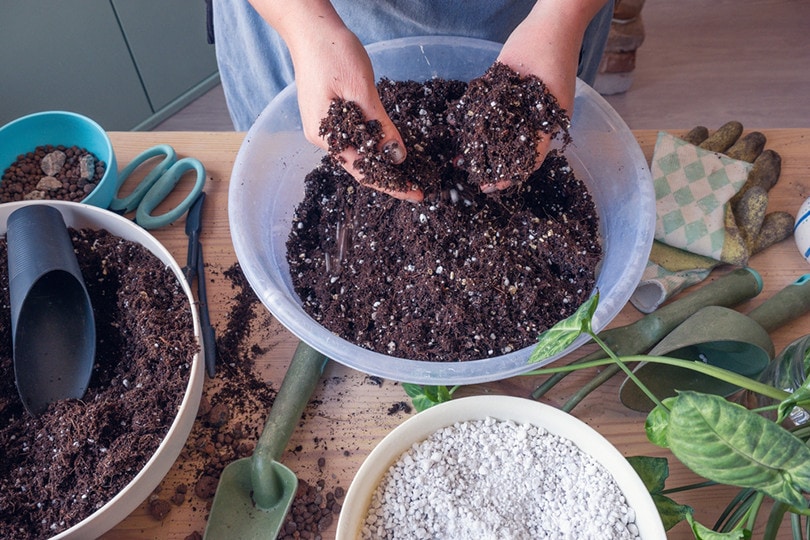
Components of Potting Mix
Just like potting soil, potting mix is composed of different ingredients. Here’s a look at the components of potting mix:
- Peat moss: This organic material retains moisture and provides aeration to the roots. It also helps regulate the pH balance of the potting mix.
- Coarse grit: Provides aeration to the roots and also improves drainage.
- Vermiculite: Holds water and nutrients.
- Coir fiber: Coir helps potting mix to retain moisture and provides aeration to the roots. It also adds bulk to the potting mix to prevent soil compaction.
- Composted bark: Bark provides a stable base, which prevents compaction and offers insulation for roots. It also adds organic matter to the potting mix, increasing its nutrient richness.
- Wetting agent: A wetting agent is a chemical that helps potting mix absorb and retain water. This is especially important for potting mix, as it does not contain any soil to retain moisture.
- Fertilizer: Potting mix typically contains a slow-release fertilizer, which provides essential nutrients to the plants. Some of these nutrients include nitrogen, phosphorus, and potassium.
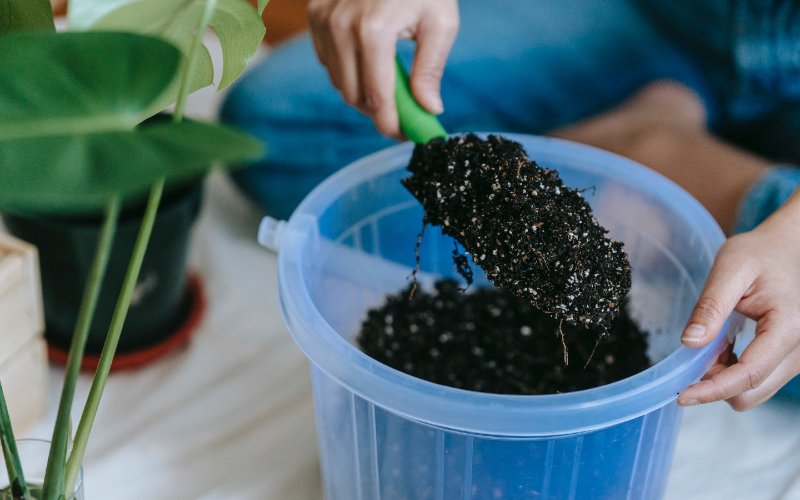
When to Use Potting Mix
Potting mix is best suited for potting indoor plants, such as succulents and cacti. It’s also great for potting seedlings or cuttings that require a lot of drainage and aeration.
Due to its lightweight nature, potting mix is ideal for hanging baskets and other containers where the potting soil would be too heavy. It is also great for potting flowers and other ornamental plants that require high drainage but low moisture.
- Help retains moisture and nutrients
- Aerates the roots
- Provides anchorage for roots
- Expensive
- Dangerous bacteria can lurk in potting mix
- Harmful to the Environment
What Are the Main Differences Between Potting Soil and Potting Mix?
Potting soil is a mixture of all the necessary ingredients needed for healthy and thriving plants. It’s a lot more convenient than having to mix and match the different components yourself. All you have to do is rip open your bag of potting soil and pot your plants in it, and you’re good to go!
Potting soil is loaded with nutrients that help plants grow strong and healthy. It contains potash, nitrogen, phosphorus, and other essential minerals that aid in the growth of flowers, fruits, and vegetables.
A lesser-known advantage of potting soil over a regular loam mix is that it’s a lot lighter. While this might not seem like a big deal for a handful of potted plants, carrying around heavy potted plants every day can be a hassle.
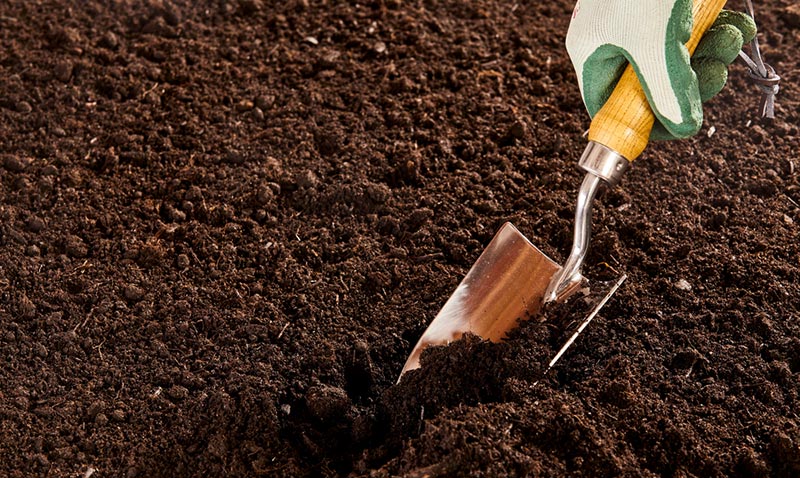
A lesser-known advantage of potting soil over a regular loam mix is that it’s a lot lighter. While this might not seem like a big deal for a handful of potted plants, carrying around heavy potted plants every day can be a hassle.
Just like potting soil, potting mix confers a number of key advantages for potted plants. Potting mix is made up of organic matter, which helps potting soil retain moisture and nutrients. This prevents the potting soil from drying out too quickly or becoming compacted.
The components of the potting mix are designed to provide aeration to the potting soil and roots, allowing them to breathe and absorb water. This is important for potting succulents, cacti, and other plants that require well-aerated potting soil.
Potting mix also provides anchorage for potting soil roots, allowing them to spread and grow without becoming entangled. This is particularly important for potting seedlings as it helps them take root and thrive.
Conclusion
It’s not easy choosing between potting mix and potting soil, but with the information above, you should have a firm idea of which one suits your plants best. Remember, both potting soil and potting mix provide essential benefits to plants, and each has its pros and cons.
Ultimately, it’s all about finding the substrate that works best for your specific potting project.
Featured Image Credit: (L) M. Schuppich, Shutterstock | (R) THIPPTY, Shutterstock
Contents


